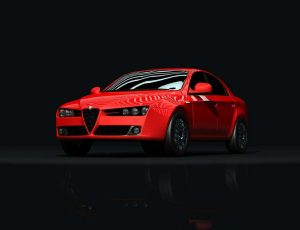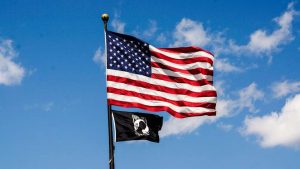- This topic is empty.
-
AuthorPosts
-
10/07/2025 at 11:08 #5239
When it comes to the exterior of properties, the choice of cladding material is crucial not only for aesthetic appeal but also for functionality, durability, and energy efficiency. This post delves into the various materials used to cover the exterior of properties, examining their characteristics, benefits, and applications. Understanding these materials can help homeowners, builders, and architects make informed decisions that align with their design goals and environmental considerations.
1. Wood Cladding: Timeless Elegance with Natural Warmth
Wood has been a popular choice for exterior cladding for centuries, offering a classic and warm aesthetic. Common types of wood used include cedar, redwood, and pine.
– Benefits: Wood is renewable, provides excellent insulation, and can be treated to resist moisture and pests. Its natural beauty can enhance the curb appeal of any property.
– Considerations: However, wood requires regular maintenance, including staining and sealing, to prevent decay and weathering. It is also susceptible to fire and insect damage, which may necessitate additional treatments.2. Vinyl Siding: Versatile and Low-Maintenance
Vinyl siding has gained immense popularity due to its affordability and low maintenance requirements. Made from polyvinyl chloride (PVC), it is available in a variety of colors and styles, mimicking the appearance of wood or other materials.
– Benefits: Vinyl siding is resistant to rot, insects, and fading, making it a durable option. It is also easy to install and can be cleaned with a simple hose down.
– Considerations: While vinyl is cost-effective, it may not offer the same level of insulation as other materials and can become brittle in extreme temperatures.3. Fiber Cement: The Best of Both Worlds
Fiber cement siding combines the durability of cement with the aesthetic appeal of wood. It is made from a mixture of sand, cement, and cellulose fibers, resulting in a material that is both strong and versatile.
– Benefits: Fiber cement is resistant to fire, rot, and pests, and it can withstand harsh weather conditions. It also requires minimal maintenance and can be painted in any color.
– Considerations: The initial cost of fiber cement can be higher than vinyl or wood, and installation may require professional expertise due to its weight.4. Brick and Stone: Classic Durability
Brick and stone have long been favored for their timeless beauty and exceptional durability. These materials provide a solid, robust exterior that can withstand the elements.
– Benefits: Both brick and stone offer excellent thermal mass, helping to regulate indoor temperatures. They are also fire-resistant and require little maintenance over time.
– Considerations: The installation of brick and stone can be labor-intensive and costly. Additionally, they may not provide the same level of insulation as other cladding options unless combined with additional insulation materials.5. Metal Cladding: Modern and Sustainable
Metal cladding, often made from aluminum or steel, is becoming increasingly popular in contemporary architecture. It offers a sleek, modern look and is available in various finishes and colors.
– Benefits: Metal is highly durable, resistant to weathering, and requires minimal maintenance. It is also recyclable, making it an environmentally friendly choice.
– Considerations: Metal can be prone to denting and may require insulation to improve energy efficiency. Additionally, it can be more expensive than traditional materials.6. Stucco: A Versatile Finish
Stucco is a cement-based material that can be applied to a variety of surfaces, providing a textured finish that is both attractive and durable.
– Benefits: Stucco is fire-resistant, energy-efficient, and can be customized with various colors and textures. It also helps to regulate indoor temperatures.
– Considerations: While stucco is durable, it can crack over time, especially in areas with significant temperature fluctuations. Regular maintenance and repairs may be necessary.Conclusion: Choosing the Right Material for Your Property
Selecting the appropriate exterior cladding material involves considering various factors, including climate, budget, maintenance requirements, and aesthetic preferences. Each material has its unique advantages and disadvantages, and the best choice will depend on the specific needs of the property and its occupants.
-
AuthorPosts
- You must be logged in to reply to this topic.


